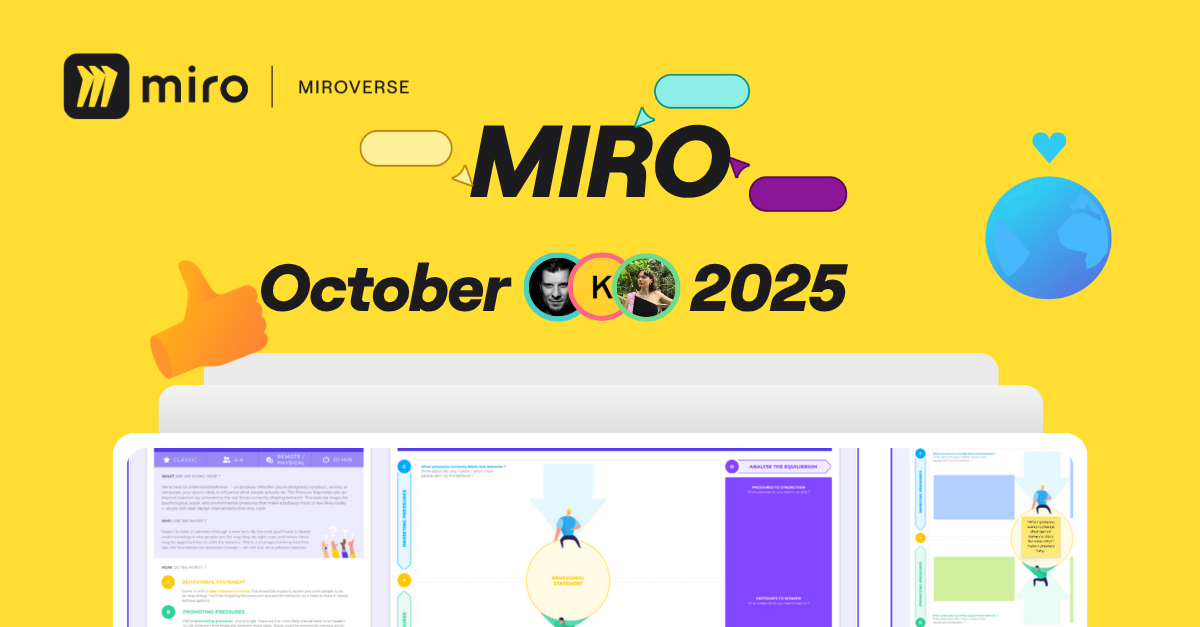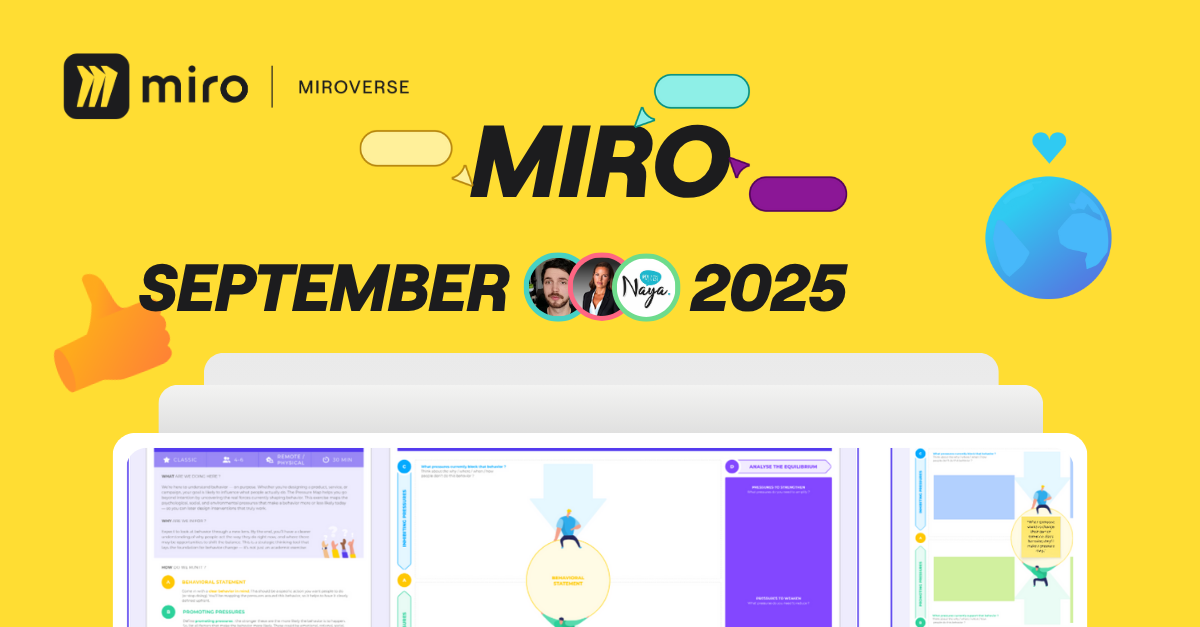Communicating efficiently and securing buy-in for new projects and strategies are critical for marketers — and visuals like marketing diagrams are an invaluable tool in this process, as they make complex marketing concepts easier to understand and help marketers quickly share the results of their work. How much more quickly? These visuals are processed 60,000 times faster than text.
This article will walk you through the value of marketing diagrams and explore why they’re an essential tool for any marketer who needs to regularly strategize new ideas, present them to stakeholders, and share results.
Let’s dive in.
What is a marketing diagram?
A marketing diagram is a visual representation — such as a diagram, chart, or table — that’s used to simplify and communicate marketing processes, workflows, strategies, concepts, or data.
Marketers can use these visual representations for a variety of purposes, including presenting complex concepts to stakeholders, brainstorming and capturing new ideas, and working out key steps and dependencies in a project.
Why are marketing diagrams essential for business?
Diagrams help to ensure reliable information exchange between marketing experts and business stakeholders, expediting approvals and execution of proposed campaigns and programs.
Here’s why:
- Diagrams are easy to remember, ensuring that new proposals remain top of mind
- Diagrams simplify complex information, ensuring understanding across departments
- Diagrams are attention-grabbing, ensuring that stakeholders are engaged and informed
For example, a content marketer who wants to focus on creating “full-funnel” content on their company’s blog can create a funnel diagram that demonstrates how each type of content interconnects to create a cohesive strategy and how that strategy ramps up to wider business goals.
With this diagram, the marketer could then easily communicate the plan up the chain of command, securing buy-in and budget for that content program.
That’s just one example. Marketing diagrams are also essential when there’s a need to communicate strategic plans, conduct brainstorming sessions and capture new ideas, map customer journeys, plan organizational or team structures, create project plans, or present campaign data.
6 types of effective marketing diagrams
Marketing diagrams can take many forms, which vary depending on the processes or concepts that need to be visualized. Here are six common types.
1. Funnel diagrams
Funnel diagrams help marketers illustrate the customer journey, highlighting key stages and touchpoints between awareness, conversion, and sale.
This could be the visual representation of a sales or content funnel, showing where prospects enter the marketing ecosystem, what stages of the buyer journey they go through, and what types of content or sales pitches they receive. This helps marketing teams organize the types of content they need to produce at each stage, and visualize how a cohesive, cross-departmental strategy might come together.
Funnel diagram example
The diagram example below illustrates an overall marketing funnel — from the awareness stage through to decision-making. This diagram can be used to present a high-level strategy to senior leadership to secure buy-in and budget for the programs listed in the right-hand column.
2. Flowchart diagrams
Flowcharts help marketers visualize key steps in an end-to-end process like a workflow or user journey.
For example, they might use flowcharts to map a customer journey from when they land on a webpage through to when they complete their purchase. This would include all potential touchpoints on the website between first visit and conversion. With this, the team can work together to find efficiencies, redundancies, and risk points that might impact conversion rates.
Flowchart example
The flowchart example below outlines a simple user flow through a conversion form. This dictates what actions need to be taken — and accounted for — during this interaction with the website. By doing so, marketing operations can easily understand where potential user drop offs and errors might occur, and create strategies to prevent them.
3. Organizational charts
Org charts are used to visually structure a company, department, or individual team in a hierarchical fashion. In marketing, org charts can be used to structure project teams, helping to establish key decision-makers, stakeholders, and “do-ers.”
With an org chart in hand (or on screen), team members know who to contact for specific tasks or issues, enabling smoother communication and fewer bottlenecks.
Organizational chart example
The below org chart visualizes a hierarchical chain of command within an organization, helping employees understand where they fall within the company. It also illustrates who the key decision-makers are, and outlines which department and role is in charge of certain tasks.
Organization & Accountability Chart by Yoni Kozminski
4. Project management diagrams
Project diagrams come in many forms, including calendars, Kanban boards, Gantt charts, and swimlane diagrams. All of them can help to visually organize tasks, timelines, and team members on a project, ensuring that everyone involved knows what they have to do, and by when.
Project management diagrams can be used at all stages of the project lifecycle — from planning, through execution, and even for the project post-mortem.
Project management diagram example
The project management diagram below is a simple example of a project timeline, visually displaying project stages and key milestones. This could be used as a very high-level source of truth document that all project stakeholders can follow to understand where the team is in the project lifecycle, and how much longer they have until launch.
Project Timeline Builder by Project Management GameBoard
5. Data visualization diagrams
Data visualization diagrams include tools like pie charts, line graphs, bar graphs, and dashboards. Their purpose is to visually communicate key insights and trends from marketing data, allowing marketers to present results to stakeholders.
Visual data presentation is critical for marketers, helping them better understand and interpret performance, compare results between survey periods, and report progress to key decision-makers. This is how marketers — and their superiors — make informed decisions about future marketing initiatives.
Data visualization diagram
Below is an example of a data visualization dashboard that marketers might use to present and track the various ways of measuring campaign success. Across the top are high-level success metrics or KPI categories, and down the left side are specific channels and data sources. This dashboard, when filled out, would allow stakeholders to easily understand how each campaign impacts each KPI category, giving a broader scope of impact and success.
Marketing Metrics Planner by Stephen Tracy
6. Mind maps
Mind maps are a valuable tool that help marketers capture and organize ideas for new campaigns or strategies. They start with a central idea — for example, a funnel content strategy — and then expand on that concept in a radial pattern. Similar ideas are clustered in a spider or map layout, making it easier to understand the full scope of that concept.
Marketers often use mind maps to brainstorm new ideas or concepts, organize various parts of that idea, and crystalize the high-level plan.
Mind map example
The mind map example below outlines the various sub-components, tactics, and channels that comprise the high-level concept of “digital marketing.” This is a useful resource for communicating the intricacies, interdependencies, and resource requirements for a digital marketing department.
Digital Marketing Chart by manish
Best practices for creating marketing diagrams
Each type of marketing diagram comes with its own set of best practices, but marketers should follow a general set of rules to get the most out of these visualizations, including:
- Use clear and visually appealing graphics, layouts, and colors
- Keep the diagrams simple and easy to understand
- Focus on a single topic or concept in each diagram
- Make sure diagrams are accessible and viewable on a variety of devices
- Use labels, annotations, and notes to add extra context or clarity to key points
- Consider the audience that will be viewing the diagram, and tailor the visuals and text to their level of understanding
It also helps to use a collaborative diagramming tool like Miro to ensure all stakeholders can access your documents, add feedback, and make changes live or asynchronously.
Clarity is the primary goal of any marketing diagram. Keep diagrams simple and focused, and don’t be afraid to use multiple diagrams if the concept is too complex for one. In doing so, try to avoid using too much text, jargon, or overly technical language that some stakeholders won’t understand.
Lastly, marketing diagrams are designed to be shared — keeping them in a silo defeats the purpose. Where possible, ensure that diagrams are readily accessible across the marketing team and beyond so that all relevant team members have visibility into the concepts and plans.
Simplify and share marketing concepts with visual diagrams
Marketing diagrams are an ideal tool for capturing, collaborating on, and sharing complex marketing concepts. They give marketers the ability to distill ideas and strategies into easy-to-understand visuals that can be shared across their team and up the chain of command.
When those diagrams are collaborative — through a platform like Miro — they become a powerful source-of-truth that gives visibility to all stakeholders inside and outside the marketing department. This is how teams stay aligned, leaders stay informed and engaged, and buy-in can be achieved for new and exciting marketing initiatives.




